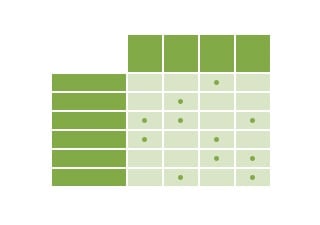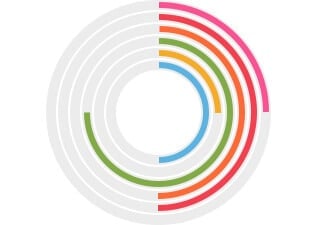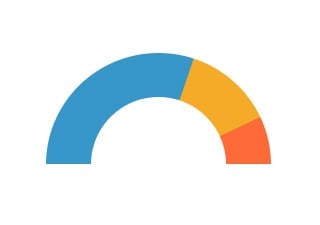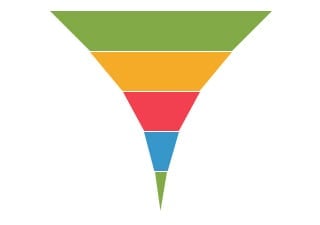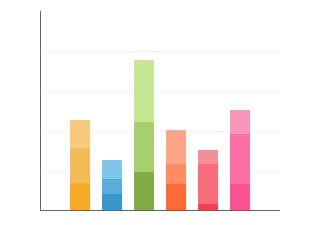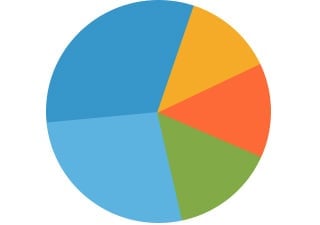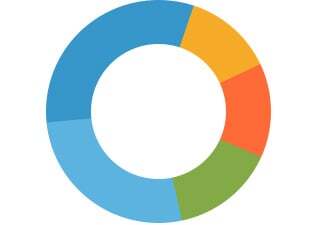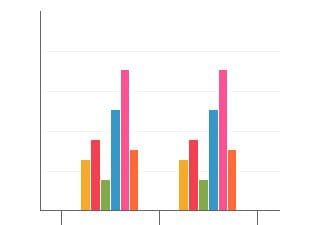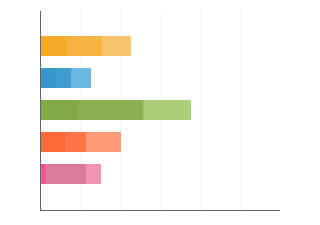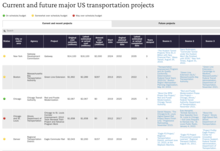A dual axis chart (also called a multiple axes chart) uses two axes to easily illustrate the relationships between two variables with different magnitudes and scales of measurement. The relationship between two variables is referred to as correlation.
A dual axis chart illustrates plenty of information using limited space, so you can discover trends you may have otherwise missed.
With Infogram, you can quickly create an interactive dual axis chart for your business or personal use. It's easy to get started. Just choose a dual axis chart template created by our designers. Adjust the colors and text, upload data, and engage your audience from the first glance.
Read on to learn more how to make a dual axis chart online using our easy-to-use chart maker. Don't worry, we're handling the complicated pieces, allowing you to focus on making engaging, interactive, and educational content that makes an impact.

 Infogram
Infogram







